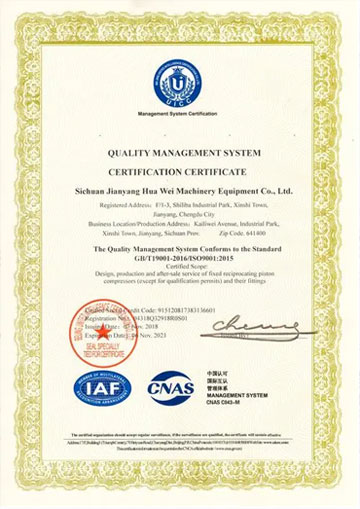

spring washers and flat washers
ное. . 16, 2024 18:47 Back to list
spring washers and flat washers
Understanding Spring Washers and Flat Washers Their Roles and Applications
In the realm of mechanical engineering and construction, washers play a critical role in enhancing the integrity and performance of assemblies. Two of the most commonly used types of washers are spring washers and flat washers. While both serve the essential purpose of load distribution and vibration damping, they have distinct characteristics and applications that set them apart.
Flat Washers Basics and Applications
Flat washers are typically made from materials like steel, stainless steel, or plastic and come in a variety of sizes and thicknesses. Their primary function is to provide a smooth surface for a bolt or nut to seat against, which helps distribute the load over a larger area. This load distribution reduces the risk of damage to the components being fastened and minimizes the likelihood of loosening due to vibration.
Flat washers are commonly used in a variety of applications, including automotive, construction, plumbing, and electrical installations. They can be found in everything from securing components in an engine to supporting electrical connections and even in household items. Because they are relatively simple in design and inexpensive to produce, flat washers are a go-to solution for many fastening needs.
Spring Washers Functionality and Advantages
In contrast to flat washers, spring washers are designed to provide a specific elastic response to the load. They are typically made from high-carbon steel or similar materials that allow them to spring back after being compressed. The most common type of spring washer is the split washer, which is engineered to apply a continuous force against the bolt or nut to prevent it from loosening over time.
spring washers and flat washers

The primary function of a spring washer is to absorb shock, alleviate tension, and accommodate movement within an assembly. These washers are particularly effective in applications where vibration is a concern, such as in machinery, automotive components, and structural connections. The unique design of spring washers helps maintain tension even as components expand or contract due to temperature fluctuations or mechanical wear.
Choosing the Right Washer for Your Application
When deciding between spring washers and flat washers, it is crucial to consider the specific requirements of the application. If load distribution is the main concern and the assembly will not experience significant movement or vibration, flat washers may be the ideal choice. Their simplicity, ease of installation, and effectiveness make them suitable for a wide range of applications.
On the other hand, if the assembly will be subjected to dynamic loads, vibrations, or temperature changes, spring washers are likely the better option. Their ability to maintain tension and accommodate movement can prevent fasteners from loosening and can prolong the lifespan of the assembly. Moreover, when used in conjunction with flat washers, spring washers can provide an added layer of security, combining the benefits of load distribution and vibration resistance.
Conclusion
In summary, both spring washers and flat washers play crucial roles in securing and stabilizing mechanical assemblies. By understanding their unique properties and applications, engineers and builders can make informed choices that enhance the reliability and durability of their projects. Whether it's through the simple yet effective design of flat washers or the dynamic functionality of spring washers, the right choice can lead to successful and long-lasting solutions in a variety of industries.
Latest news
-
Premium Fasteners Manufacturer | AI-Driven Solutions
NewsAug.01,2025
-
Hot Dip Galvanized Bolts - Hebei Longze | High Strength, Corrosion Resistance
NewsAug.01,2025
-
High-Strength Hot Dip Galvanized Bolts - LongZe | Corrosion Resistance, Custom Sizes
NewsAug.01,2025
-
Best Self Tapping Screws for Drywall - Fast & Secure Installation
NewsJul.31,2025
-
High-Strength Hot Dip Galvanized Bolts-Hebei Longze|Corrosion Resistance&Customization
NewsJul.31,2025
-
Hot Dip Galvanized Bolts-Hebei Longze Metal Products|Corrosion Resistance&High Strength
NewsJul.31,2025

